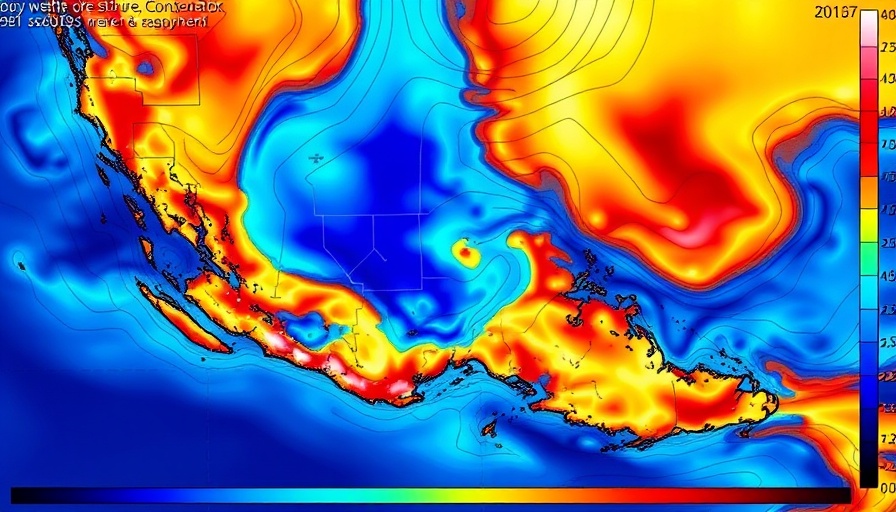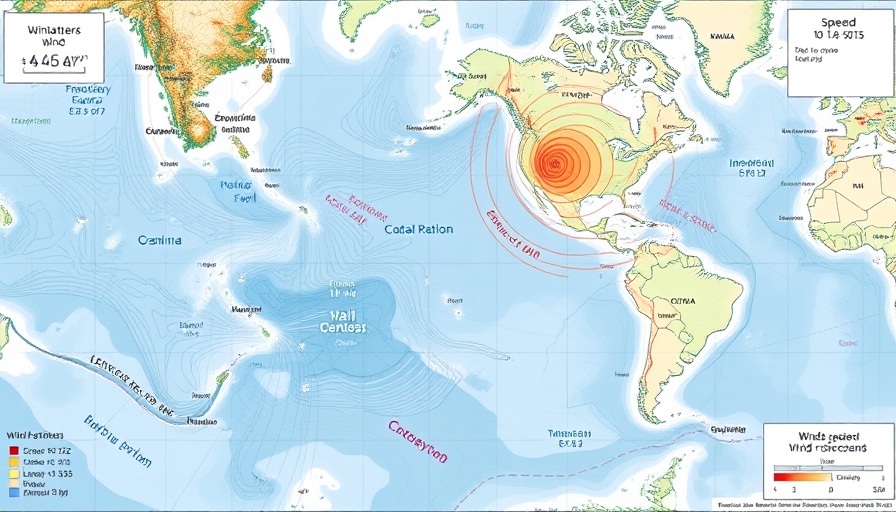
Understanding the Unusual Weather Patterns Affecting British Columbia and the Pacific Northwest
As August comes to a close, meteorologists are observing a unique weather pattern that is poised to bring an extreme heatwave to British Columbia and the Pacific Northwest (PacNW) as the summer of 2025 transitions into fall. This year, the heat will extend across the border, with lesser heat felt in California (CA), resulting in an atypical climate scenario that has left many wondering about the causes and potential consequences.
Summer 2025: A Tale of Contrasts Across California
In stark contrast with the usual scorching summers of California, 2025 has seen varied weather across the state. While the California interior has registered higher-than-average temperatures, particularly in desert and mountain areas, the coastal regions experienced a surprisingly cool summer, marking one of the coldest Julys in over 30 years. This divergence highlights an essential climatic principle: rising long-term temperatures do not preclude unusual seasonal coolness, especially in coastal areas influenced by oceanic patterns.
Precipitation Patterns and Their Effects
While the heatwave is noteworthy, so too is the precipitation—or lack thereof. Most of the West, including core monsoon regions, experienced a particularly dry summer. Recent rainfall attempted to alleviate some drought conditions, but overall, the weather has remained quite barren relative to historical averages. Only a handful of intense thunderstorms provided brief reprieve in the mountains and deserts, indicating a patchwork of weather conditions rather than a consistent trend.
Future Predictions: What's Next for the West?
Looking ahead, experts anticipate that this unusual heatwave may not only challenge our immediate comfort but may also have longer-term effects on wildlife and human lifestyles in these regions. Heatwaves can exacerbate drought conditions, lead to increased wildfire risks, and have wide-ranging impacts on water resources and agriculture—a critical concern for much of the Southern West.
Understanding Heatwaves and Their Implications
The current weather phenomena remind us that climate variability is not merely a matter of heating but a complex interplay of various atmospheric elements. While immediate concerns focus on soaring temperatures, it’s essential to acknowledge their implications on health, local ecosystems, and the infrastructure designed to withstand seasonal variations.
Taking Action: What Can You Do?
For residents in heat-prone areas, understanding the upcoming weather patterns can be crucial for preparation. Simple actions such as staying hydrated, preparing homes for temperature fluctuations, and being proactive about community wildfire prevention can create safer living environments during this period of change. Additionally, engaging in local conservation initiatives can assist with maintaining healthy ecosystems amidst shifting weather patterns.
In closing, the extreme heat anticipated for British Columbia and the PacNW, contrasted with California’s cooler regions, serves as a critical reminder of the complexities of our climate. With appropriate awareness and response strategies, communities can navigate these challenges and safeguard their health and environments against emerging climatic threats.
 Add Row
Add Row  Add
Add 




Write A Comment